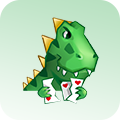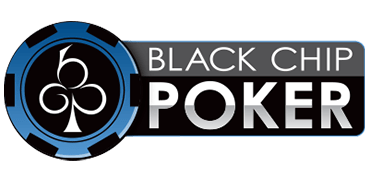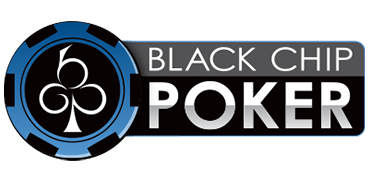A lot of poker literature is becoming outdated fast. Much of what was written just ten years ago is no longer relevant.
Still, nuggets of information stand the test of time. Publications on poker mathematics and psychology. In these areas, the basic principles don’t change. One of the best technical books is Applications of No-Limit Hold em by game theory expert Matthew Janda.
Let's talk about the book in detail, but first a little about the player who bought it.
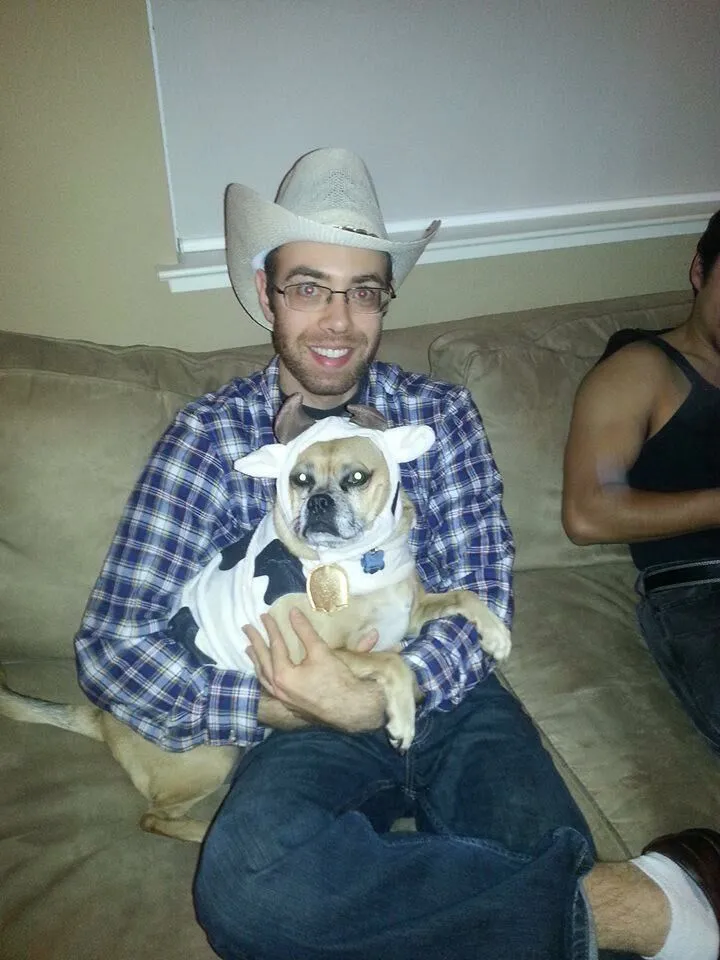
Who is Matthew Janda?
Matthew Janda is considered one of the best authors on the theory of No-Limit Texas Holdem in the poker community. It began around the time of college when he took a course on game theory and became fascinated by how this information was applied.
In an interview, he said that he was slow to grasp complex technical information and learned it only after a detailed analysis. Matthew studied the concepts of game theory, using poker as an example, and began to actively grind online.
Janda ended his career as a regular professional player immediately after Black Friday. This brought the closure of Full Tilt Poker, PokerStars, and Absolute Poker rooms by the US government. He believed that this was just the beginning, and the fall of the remaining rooms was only a matter of time. He also did not consider moving to another country for poker because he continued his studies at medical college.

Fortunately for everyone, Americans still have online poker options to this day. In fact, many regulated markets have gotten new ways to play in the last few years.






Janda’s Original Applications of No-Limit Hold'em from 2013
Matthew did not quit poker completely. He gave training for forty dollars per hour and recorded training videos for the CardRunners portal. He later admitted that he loved the theory of poker more than the game itself.
In 2013, Janda’s Applications of No-Limit Hold em: A Guide to Understanding Theoretically Sound Poker was published. It became a real hit and is considered significant and useful even after a decade.
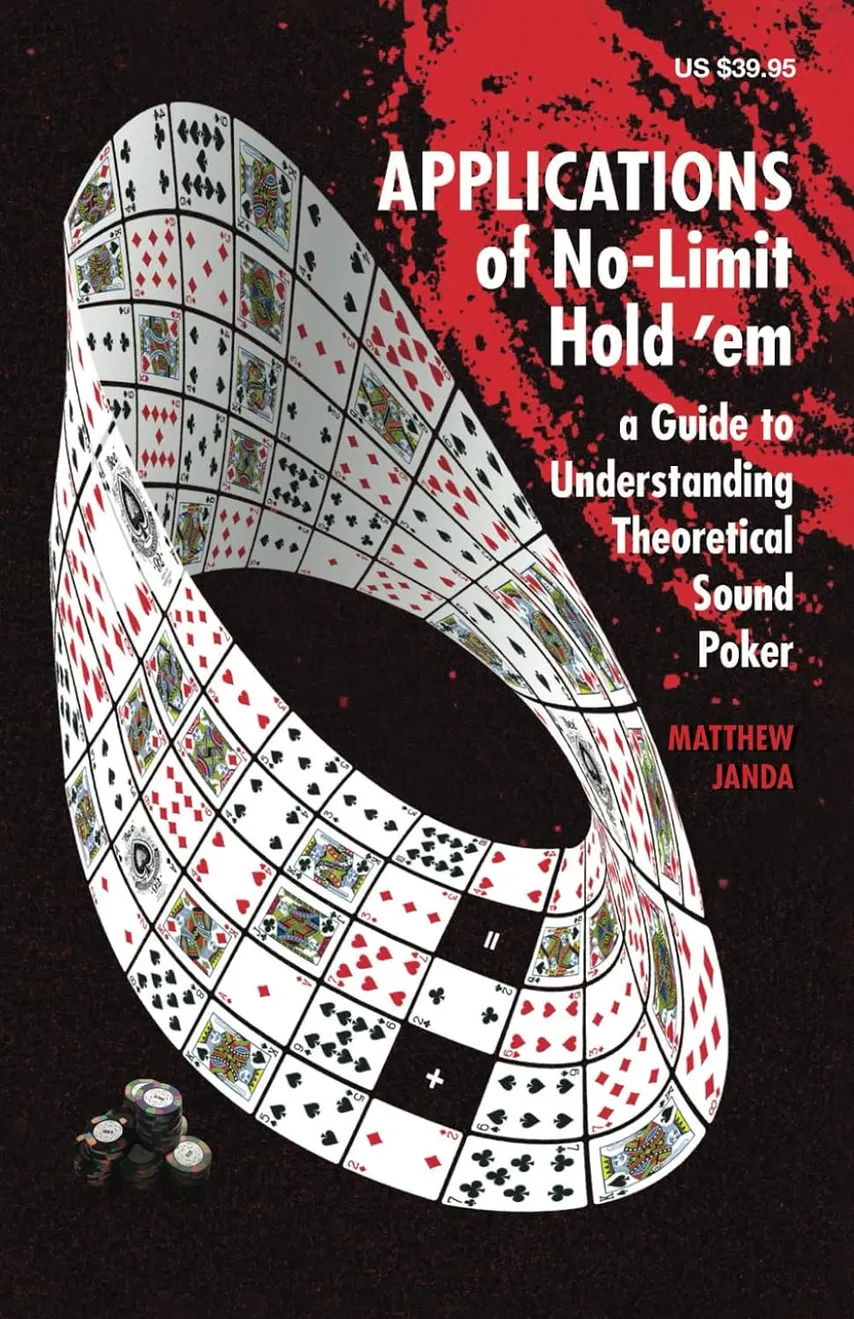
The book describes the basic concepts of poker mathematics in detail:
- Balance of Value Bets and Bluffs. The lack or excess bluffs on the river is a consequence of the player's psychological problems but also of the imbalance on previous streets. The book provides formulas for calculating the number of bluffs on the flop, turn, and river, depending on the size of the bets.
- Opening and 3-Betting Ranges. Poker players know that early positions play narrow ranges, and later positions play wide ranges. From reading the book, it will become clear what the reason for such a construction of the ranges is.
- Combinatorics, Blockers, and Probabilities. After reading Janda’s book, you will understand how the probability of your opponent having certain hands changes depending on the structure of the board.
- The Importance of Position. Talented and experienced poker players know that having position (the right to close a betting round) is critical. Matthew clearly explains the mathematical basis for the advantage of the player who makes the last decision.
- Limited Ranges. An upwards-moving red line on the charts, which shows winnings without showdown, is the dream of many poker players. The chapters on limited ranges will tell you when and how to attack a capped opponent who doesn't have enough strong combinations in his range.
- The Principle of Indifference and Optimal Frequencies. The basis for constructing GTO ranges (Game Theory Optimal – the theory of optimal play) preflop and postflop. The information serves as a starting point to exploit strategies.
- Bet Sizes. Janda calls this topic the most important in the book. The size of raises and bets allows you to manipulate your opponent's ranges.
In the book, the principles are proven by mathematical calculations. For each situation, examples with formulas are given. The abundance of mathematics made the publication difficult for poker beginners. To understand the formulas in the book, you do not need a higher mathematical education or an innate talent for numbers. Just a normal school education is sufficient.
Still, experience in the game and knowledge of basic concepts will come in handy. You can pick up this kind of experience by playing freerolls, and then micro-stakes. We’d recommend you check the prize pools of some of our free tournaments to see which ones are starting today.
- Increased first deposit bonus
- Increased rakeback and reloads
- Help with deposits and cashouts
- Access to private freerolls
- Round-the-clock support
Janda’s Applications of No-Limit Hold'em from 2017
In 2017, Matthew Janda published his second book, Applications of No-Limit Hold'em: Emphasis on Tough Games. This is not a re-release of the previous manual. After the publication of the first book, Janda worked a lot in solvers – programs for calculating poker strategies – and discovered that some of the ranges from the first publication were far from optimal. In the new book, Matthew explains where and why he was wrong before.
Applications of No-Limit Hold em is focused on modeling various situations and mathematical calculations. There is almost no mathematics in the new book. There is no longer any need to model each spot because solvers fix this problem.
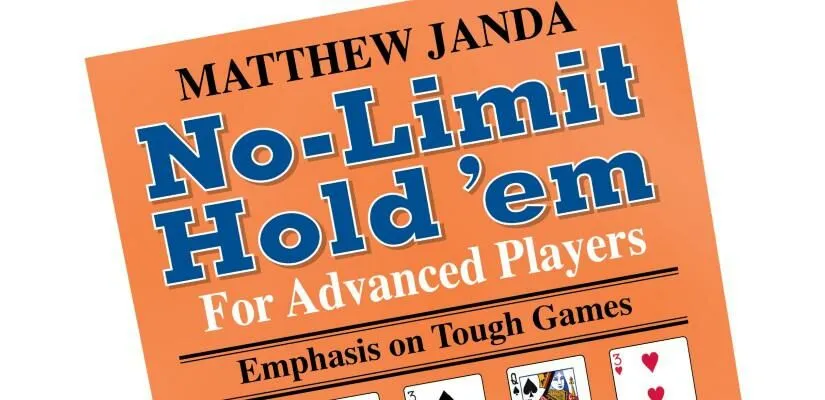
For example, in the first edition, Matthew explains why when raising with a polar range – consisting of strong and weak hands – against a continuation bet on the flop, you need to increase the number of bluffs in proportion to the depth of your stacks.
In the second book, a similar situation is considered from the point of view of filling the range on a certain flop structure:
– Which hands are best for bluffing and value betting.
– How many sizes to use for bets and raises.
– Adjustments for different opponents.
There are many other useful articles on our website, covering strategy, terms, and much more. Also, be sure to study reviews of proven poker rooms. Many of them, such as GGPoker or PokerKing, provide lucrative bonuses for beginners.
And if you are interested in auxiliary software, then pay attention to the assortment of our Shop. In it, you will find popular programs, such as GTO Wizard or Hand2Note.





